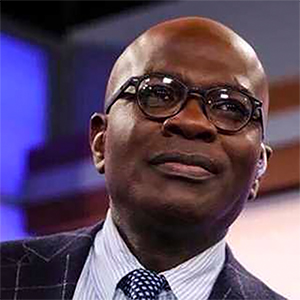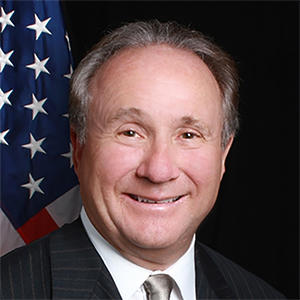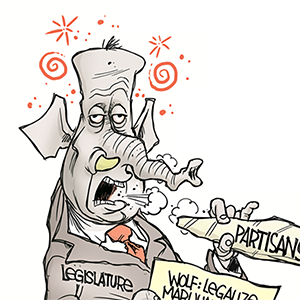Commentary: DOGE's ban on WFH will reduce government efficiency
Published in Op Eds
Elon Musk recently cut his forecast for savings from the Department of Government Efficiency, which he once predicted would reach $2 trillion, to only $150 billion this year. This amounts to 2% of federal outlays — and even that is overstated, because it ignores the productivity the government will lose from its ban on working from home.
The ban is an abrupt shift. Almost 60% of federal employees are eligible to work from home, and according to the federal Office of Personnel Management, two-fifths of them did some form of remote work (situational, routine or infrequent) in the year that ended in September 2023. That was down slightly from prior years, but was twice the rate before the pandemic.
The federal government was not an outlier. Overall, its WFH rate as measured by the Bureau of Labor Statistics is about 10 percentage points higher than the private sector, though some industries (information technology, finance, and professional management) had higher rates.
Banning telework was not about ending unusual practices — and it will likely come at a cost. Economists at the Bureau of Labor Statistics found that during the pandemic, total factor productivity growth was higher for industries where the percentage of primarily remote workers grew more. And this increase in productivity was not accompanied by increases in employee compensation. Industries with one percentage point more remote workers in 2019 compared to 2022 were associated with 0.4% lower office costs per unit of output and 0.1% lower labor costs per unit.
The bottom line: If DOGE were really about making the federal government more efficient, as its name suggests, then it would promote the option of working from home.
That said, research on productivity at the worker level suggests that the details of the WFH arrangement matter. Studies in which workers were randomly assigned to full-time remote work versus full-time in-the-office work generally found reduced productivity from working from home. A study of hybrid work (with two days remote and three days in the office) found no reduction in performance, but it improved retention by one-third and increased work satisfaction.
Those findings are consistent with the OPM’s survey, in which more than half of agencies said telework improved retention, and one-third cited greater employee engagement. Retaining workers, especially those who are highly motivated, can help reduce the costs of hiring and create a more experienced workforce.
Hiring and retaining high-quality workers will become even more important with a smaller federal workforce that is expected to deliver the same level of services. The fact that Musk viewed a return-to-office mandate as a way to cause attrition shows how valuable a benefit it is.
The option of remote work also expands the pool of potential hires. For example, research shows that a one percentage point increase in working from home increases full-time employment by 1.1% for people with a physical disability. The reason for the increase appears to be that WFH reduces costs for workers, such as commuting. In effect, telework increases the labor supply available to the government, limiting upward pressure on wages and allowing it greater choice in skills. The WFH option is also a way to retain workers who have an onset of a disability.
The cost savings from remote work go beyond hiring and retention. A reduction in transit and commuting costs — a standard employee benefit — and rental of office space were two other cost savings identified by 46% and 23% of agencies, respectively. Maintaining telework could have supported another DOGE priority, which is to reduce facility costs.
Resilience and continuity of services are also crucial in the government. Some 70% of federal agencies said remote work was a crucial strategy in helping them prepare for emergencies such as natural disasters or extreme weather. Equipping core staff with the ability to work remotely was a sound policy even before the pandemic, and the experience allowed a rapid shift to WFH policies when the pandemic struck. Dismantling these capabilities could lead to a disruption in services in the next emergency.
The federal government has been experimenting with WFH policies for more than a decade, accumulating both expertise and data: It has been tracking the costs and benefits of remote work in a common framework since 2011. That’s information DOGE could have used to improve the practice and make the government more efficient, benefiting not only workers and their managers, but also taxpayers.
____
This column reflects the personal views of the author and does not necessarily reflect the opinion of the editorial board or Bloomberg LP and its owners.
Claudia Sahm is the chief economist at New Century Advisors and a former Federal Reserve economist. She is the creator of the Sahm rule, a recession indicator.
©2025 Bloomberg L.P. Visit bloomberg.com/opinion. Distributed by Tribune Content Agency, LLC.




























































Comments